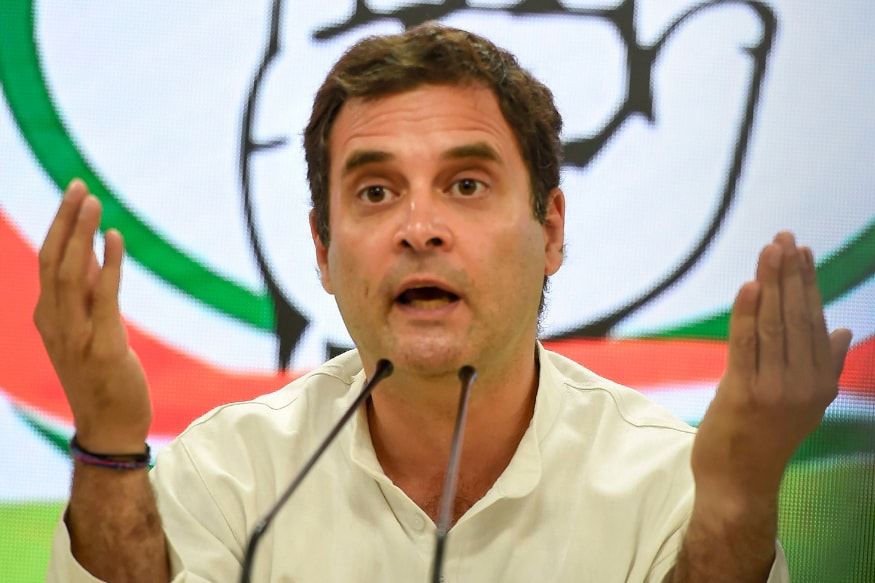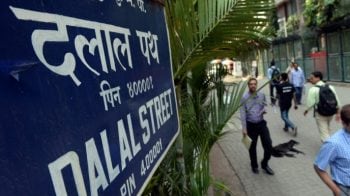AMFI data indicates that the outflows from debt funds (including income and gilt funds) shot up to Rs 1.25 lakh crore in FY19 as against Rs 9,128 crore registered a year ago.
The much talked about crisis among the Non Banking Financial Corporations (NBFCs) has led to a fall in the share of debt mutual funds schemes in the composition of industry assets.
According to the latest data from the Association of Mutual Funds in India (AMFI), the share of debt schemes has dropped from 34.9 percent in April 2018 to 29.3 percent in April 2019.
In comparison, the share of equity-oriented schemes was 42.4 percent of the industry assets in April 2019, up from 41.3 percent in April 2018.
AMFI data also indicates that outflows from debt funds (including income and gilt funds) shot up to Rs 1.25 lakh crore in FY19 as against Rs 9,128 crore registered a year ago.
Fund managers attributed the fall in the share of debt funds to the NBFC crisis, which led to the waning interest of investors in debt funds.
The net asset values (NAVs) of debt schemes were hit as a slew of debt funds had exposure to these beleaguered companies.
Assets managed by the Indian mutual fund industry have grown from Rs. 23.21 trillion in April 2018 to Rs. 25.28 trillion in April 2019. That represents an 8.91 percent growth in assets over April 2018.

NBFC CRISIS
The first signs of this crisis emerged in June 2018 when Mumbai-based Infrastructure Leasing & Financial Services (IL&FS) defaulted on inter-corporate deposits and commercial paper (CP) worth around Rs 450 crore. Over the next two to three months, at least two rating agencies downgraded the company's long-term credit rating.
The crisis started by the unlisted infrastructure lending giant aggravated on September 17 after it defaulted on the interest payment of CPs. The company's debt was downgraded in the following few weeks for multiple defaults.
IL&FS Financial Services defaulted on seven of its debt obligations in September, according to a statement to the exchanges. In all, the IL&FS group owed over Rs 91,000 crore.
Another NBFC, such as Dewan Housing Finance (DHFL) was also downgraded in the last year.
Amidst all this, another firm there were talks of Essel Group companies facing a cash crunch.
RAY OF HOPE
For the revival, system liquidity needs a boost, where RBI has a major role to play. RBI came out with a buyback method in March 2019 that would inject 35,000 crore liquidity in the system. Under this, banks would be required to park dollar funds with RBI with a deal to buy it back from the RBI after three years.
Another suggested move in CII and ASSOCHAM circles is that NBFCs be allowed higher securitization of assets as all are not dead assets. The Housing finance NBFCs could get refinanced by the National Housing Back.
“It is a lesson learnt,” said a fund manager from one of the fund houses.
Fund managers said that this is not the first time that the industry has gone through a crisis.
“In the current cycle large problem areas have been identified and going ahead fund managers will avoid investments in troubled papers. Things should start getting resolved,” said Mahendra Jajoo, Head-Fixed income, Mirae Asset Mutual Fund.Not sure which mutual funds to buy? Download moneycontrol transact app to get personalised investment recommendations.






















































.jpg)










